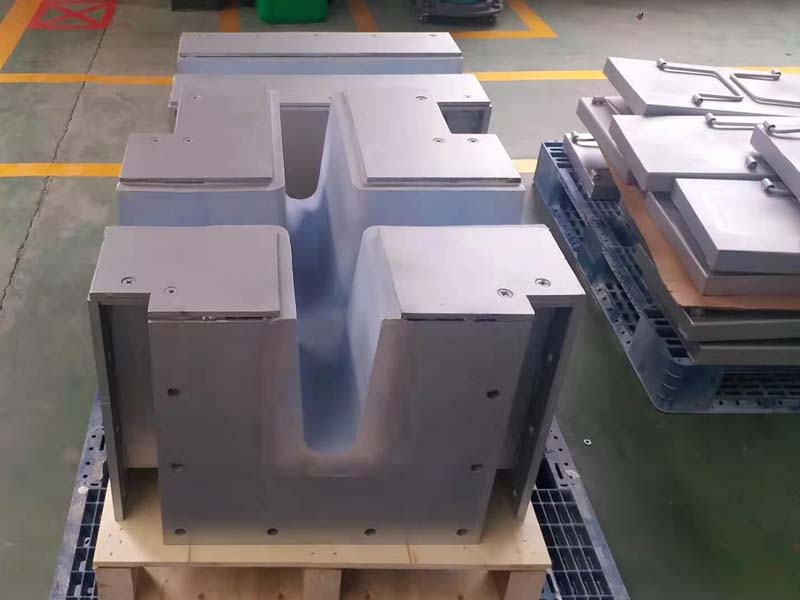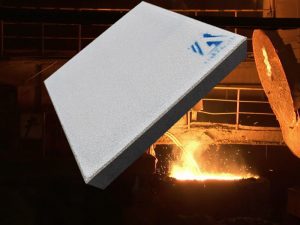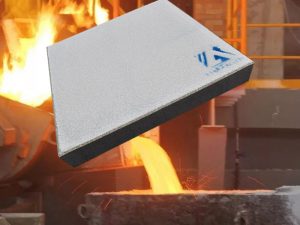The material and usage requirements of the launder
The material and usage requirements of the launder system

The flow tank made of ceramic fiber has the advantages of low density, high specific strength, good thermal insulation, non-stick aluminum, etc. Flow tanks of different structures can be produced with aluminum silicate fiber material. With the continuous development of ceramic fiber technology, the use of zirconium-containing Flow cells made of aluminosilicate fiber provides higher strength and higher operating temperatures for more demanding environments.
Casting material flow troughs has the advantages of high strength, erosion resistance, long service life, etc., and is also suitable for the production of flow troughs of different structures. With the continuous development of castable material technology, new types of castable materials continue to emerge, so that the products such as launders, filter boxes, and diverter plates prepared from them are also continuously optimized in terms of thermal insulation, density, and other properties. 3 In recent years, castables The launder has been recognized and widely used in the market, and the production process are relatively simple, so it has a tendency to replace the ceramic fiber material as the leading product in the aluminum casting market.
Before the launder system is used, it is necessary to check whether the appearance is damaged, whether there are cracks on the surface, whether the product is smooth and smooth, whether the size conforms to the drawing standards, etc., and only after passing the inspection can it be used in the melting and casting workshop. The launder should be handled with care when replacing it. The iron shell should be lined with a certain thickness of aluminum silicate cardboard, which can not only play the role of thermal insulation aluminum liquid but also buffer the external impact of the launder and prolong the service life of the launder. After the casting is completed, the residual aluminum in the launder should be cleaned up in time. When cleaning, be careful not to hit or knock the launder. After cleaning, the surface of the launder should be coated with a layer of prepared talcum powder slurry for use in the next charge. . It is worth noting that, due to cleaning, cracks are often prone to occur at the splicing of the launder and launder, which needs to be carefully checked and repaired with high-temperature inorganic adhesive.




